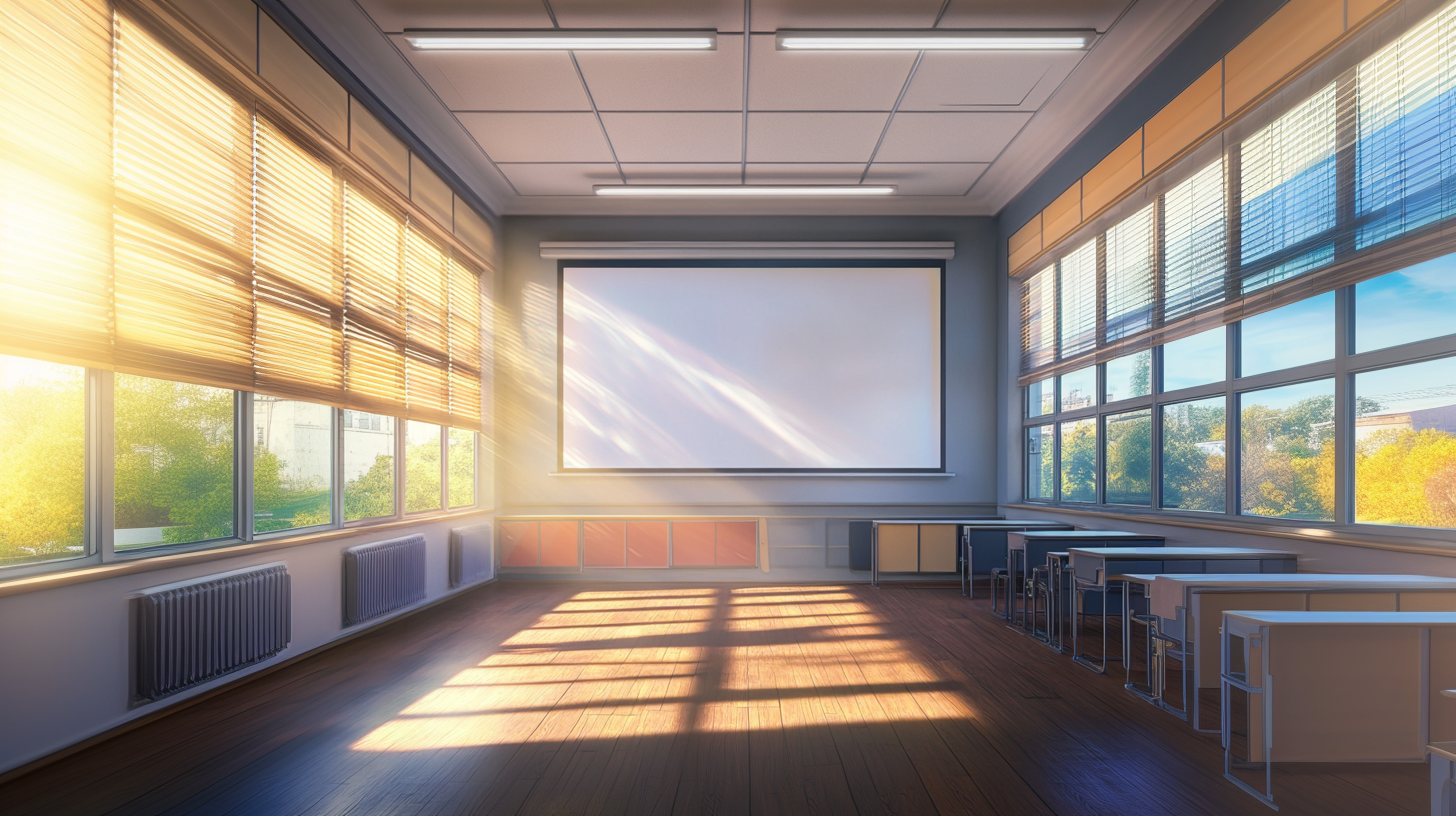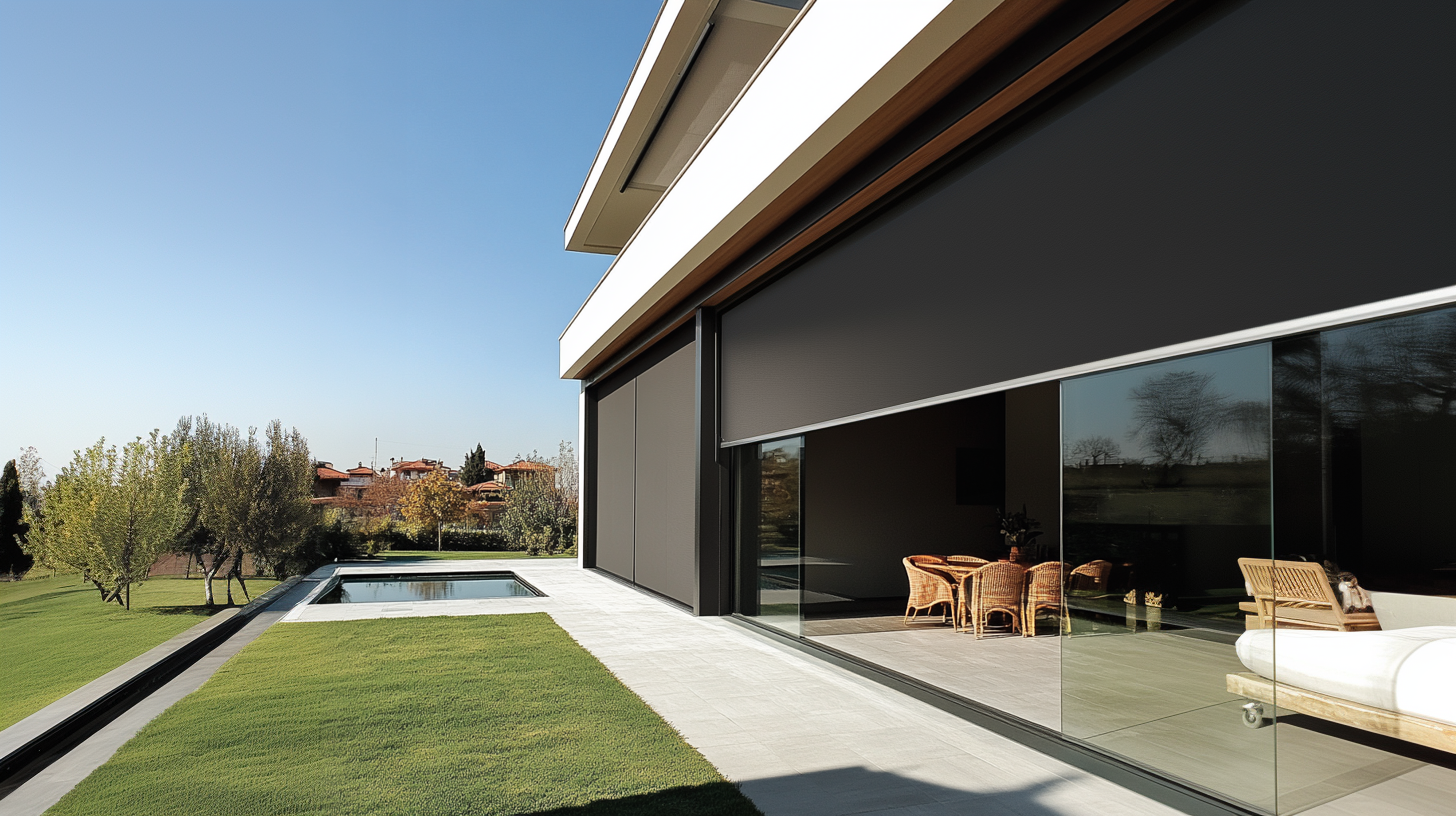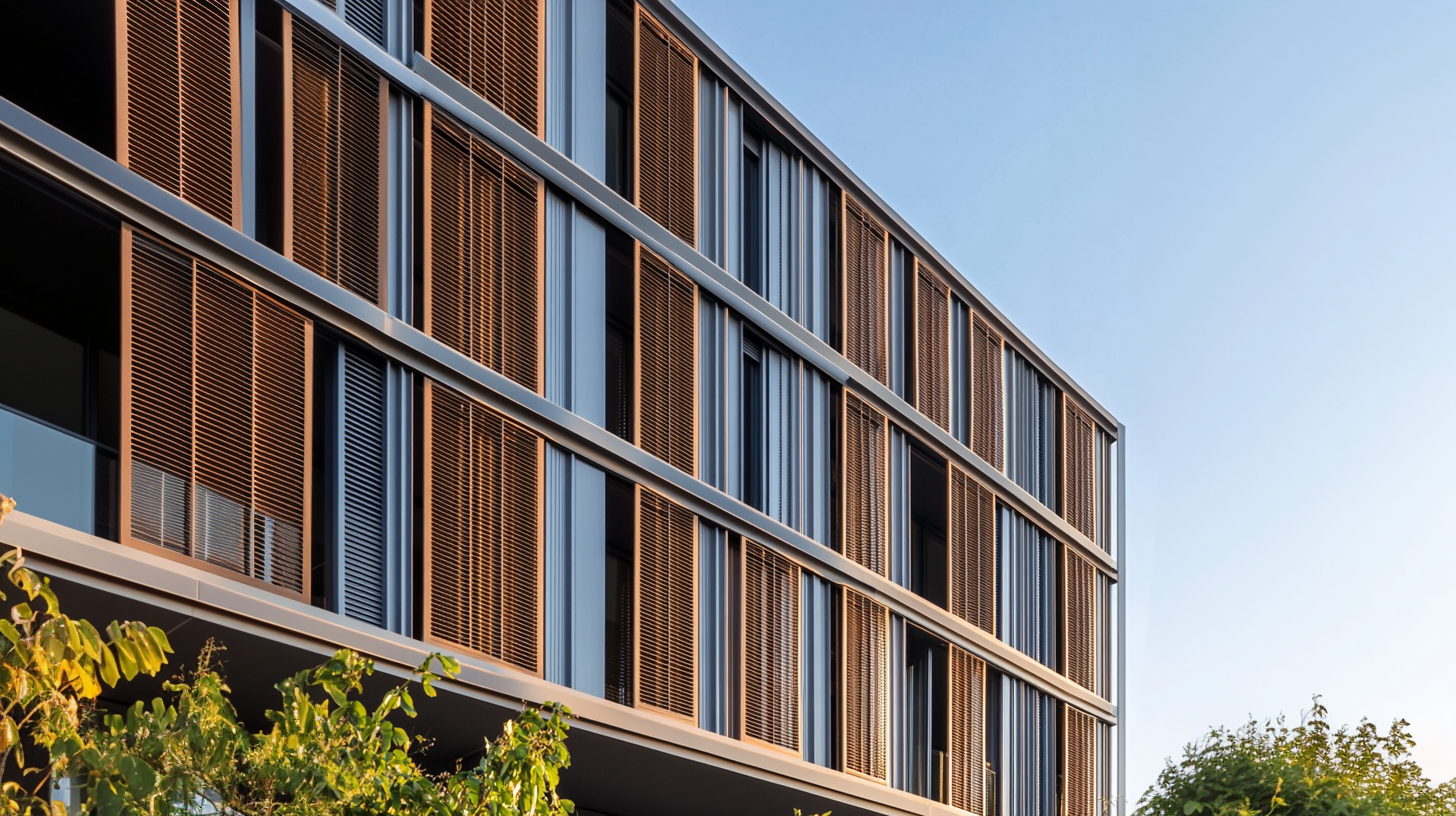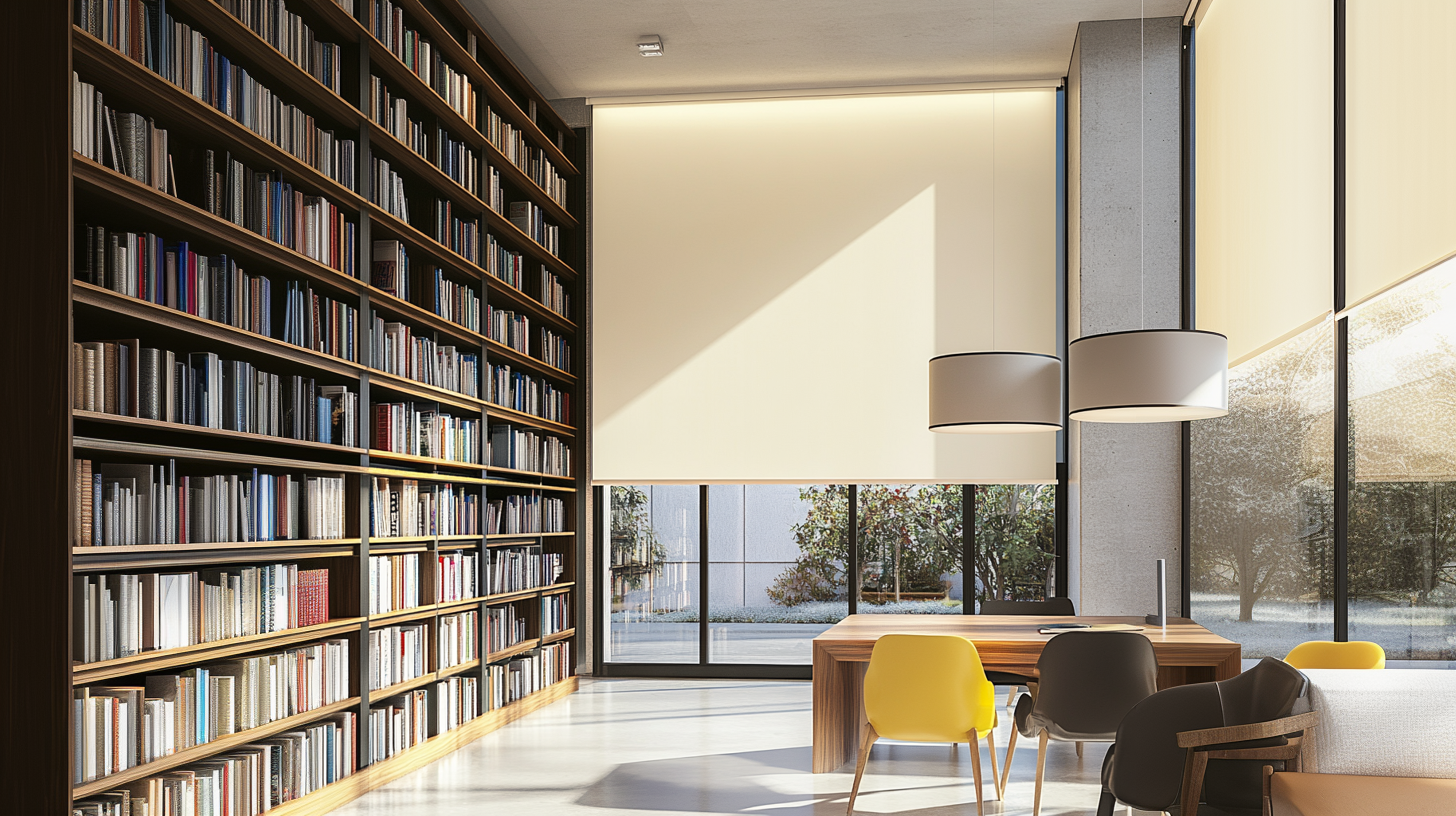Mastering Light and Glare: Enhance Comfort and Efficiency
Year-Round Light Control with Alcodec: Maximize Comfort and Save Energy
Beyond Summer Shading
The value of solar shading is becoming clearer, and it's not just for summer! While shading is commonly associated with blocking out the summer heat, its benefits extend far beyond that. Modern solar shading systems are designed to optimize light and temperature control throughout the entire year, making them essential for both energy efficiency and comfort.

Year-Round Benefits of Light Control
Summer Cooling
In the summer, solar shading keeps your home or office cool by blocking excess heat, reducing the need for air conditioning. External shading systems prevent heat from entering your space, maintaining a comfortable indoor temperature even on the hottest days.
Winter Warming
During the cooler months, shading can actually help you harness the sun's warmth. With dynamic solar shading, you can allow sunlight to enter your space in winter, providing natural heating and cutting down on energy consumption for heating.
Understanding and Managing Glare for Better Comfort
Glare occurs when intense light makes it difficult to see clearly or comfortably. There are two primary types of glare: disability glare and discomfort glare.
Disability Glare
This happens when you look directly at a bright light source, like the sun. The intense brightness forces you to squint, look away, or close your eyes because the light overwhelms your vision. It significantly impacts your ability to see clearly.
Discomfort Glare
Discomfort glare is more subtle. You can still see objects or text, but it becomes harder to concentrate. Prolonged exposure can even lead to headaches. This type of glare is often caused by reflections on screens, shiny surfaces, or poor contrast between light and dark areas.
Daylight Glare Probability (DGP)
Not everyone experiences glare in the same way. Some people are more sensitive than others, which led to the development of the Daylight Glare Probability (DGP) index. Based on extensive research and experiments, this index, outlined in the European Daylight Standard EN17037, predicts the likelihood that people in a room will experience glare.
To minimize glare, experts recommend using solar shading that offers the right balance of diffuse and direct light transmission. This solution varies depending on the building's location, orientation, and window size.
Thanks to the DGP index, the European Standard EN 14501 now includes a glare control classification. This updated guidance is designed to ensure better glare management for optimal indoor comfort.
Our Light Control Solutions

Zip Screens
Our premium zip screen systems provide excellent light control while maintaining views to the outside. Perfect for reducing glare on screens and workspaces.
Learn more
Shutters
Adjustable shutters offer precise control over light levels and can be positioned to block direct sunlight while still allowing ambient light to enter your space.
Learn more
Internal Blinds
Complement external shading with our internal blinds for complete light control and additional privacy when needed. Available in various fabrics and opacity levels.
Learn moreThe Perfect Balance of Light and Comfort
The perfect solution is a combination of both external and internal blinds. External shading protects against heat in the summer while allowing heat in during winter, while internal blinds reduce glare year-round, ensuring comfort no matter the season.
Contact Us Today